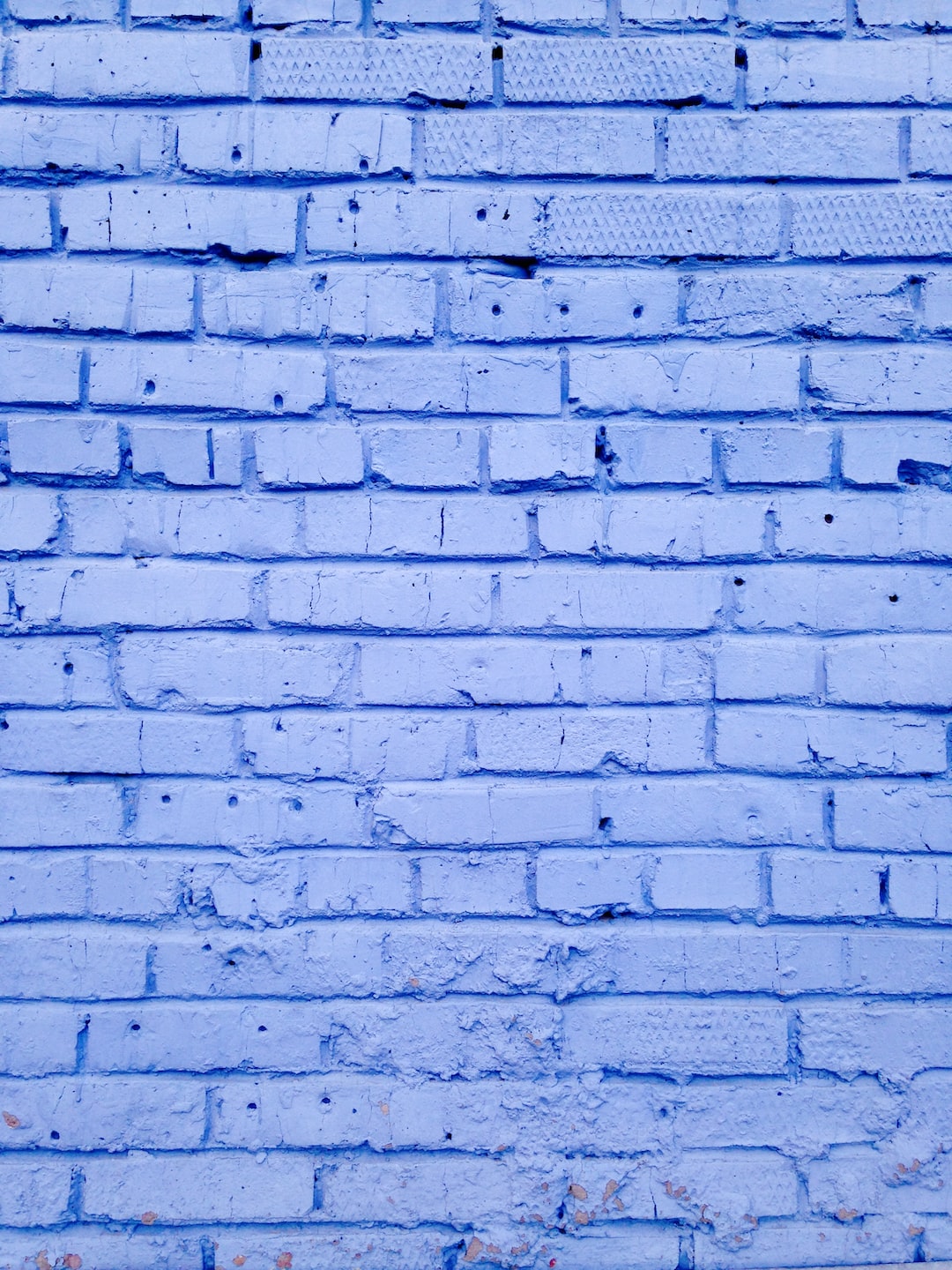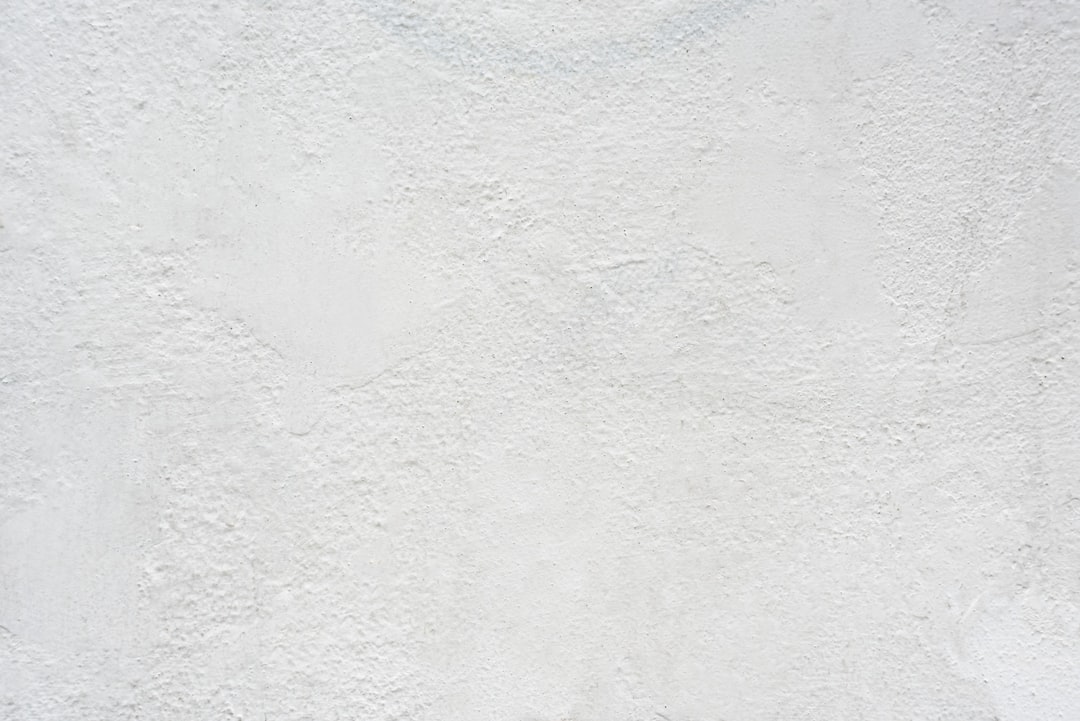Introduction
Background design is an integral part of web design, as it shapes the overall visual aesthetic of the website. By leveraging innovative techniques, web designers can create stunning and unique backgrounds that make their webpages stand out. This article will provide an overview of some of the most popular and cutting-edge techniques for background design in web design.
Color Gradients
Color gradients involve blending two or more colours together to create a gradual transition of colour. The resulting effect can be striking, and can be used to create a range of distinct visual styles. Color gradients can be generated manually or with the use of software, and they can be used to create anything from a subtle, stylish backdrop to an eye-catching focal point.
Textures
Textures are a great way to add visual interest to a background. Textures can be combined with other elements such as gradients, patterns, and photographs to create a unique look. Textures can also be used to create subtle depth and dimension, and can even be used to mimic the look and feel of materials such as wood, metal, and stone.
Patterns
Patterns are a great way to add visual interest to a background. Patterns are typically composed of repeating geometric shapes, and can be used to create anything from subtle texture to bold, eye-catching visuals. Patterns can be used to create a wide range of looks, from classic wallpaper-style patterns to modern abstract designs.
Photographs
Photographs are one of the most popular techniques for background design. Photos can be used to create a wide range of looks, from subtle texture to bold visuals. Photos can also be used to create a sense of place, bringing a website to life with vibrant images of people, places, and things.
Video Backgrounds
Video backgrounds are an increasingly popular technique for background design. Video backgrounds can be used to create a dynamic, eye-catching visual experience, and can be used to convey a range of emotions and messages. Video backgrounds can be used as a standalone element, or they can be combined with other elements such as text and graphics.
, as it is already stated in the title
Innovative Background Design: Parallax Scrolling
Parallax scrolling is a background design technique that adds an extra layer of depth to a webpage. The effect is achieved by having the background image move slower than the foreground image as the user scrolls s down the page. This type of background design creates the illusion that the design elements are floating above or behind the page, creating a more immersive and interesting experience for the user. Parallax scrolling has become a popular background design technique for many websites due to its unique style and ability to give a website a modern, dynamic look and feel.
s down the page. This type of background design creates the illusion that the design elements are floating above or behind the page, creating a more immersive and interesting experience for the user. Parallax scrolling has become a popular background design technique for many websites due to its unique style and ability to give a website a modern, dynamic look and feel.
One of the most famous examples of parallax scrolling in web design is Apple's website. Apple's website uses parallax scrolling to showcase their products and gives the user a distinct 3D-like experience. As the user scrolls down the page, images and texts scroll with different speeds to create a layered illusion. Furthermore, Apple's website also makes great use of the background design to draw attention to their products. As the user scrolls down the page, images and text elements move differently to bring certain products to the foreground. This helps to create a visual hierarchy and puts emphasis on certain elements.
Many other websites have used parallax scrolling to create a distinctive and interactive background design. For instance, Nike uses parallax scrolling to showcase their new products in the same way Apple does. The website uses subtle animations to draw attention to certain parts of the page and the overall design is both eye-catching and engaging. Similarly, fashion retailer ASOS uses parallax scrolling to create a backdrop for their products. Their homepage features different layers of background images that move at different speeds, creating a pleasant, entrancing background that invites users to explore the site.
Background Video Design Techniques
Background videos are a great way to add an extra level of depth to a website. Compared to a background image, a video creates a much more dynamic and immersive experience, as it can capture a moment in time which makes a website feel alive. Many websites are now using videos to create an interactive background design that engages and captivates the user.
One of the most prominent examples of background video design is the website for the Grand Budapest Hotel. The website features a video that seamlessly transitions from one clip to another, creating a visually compelling backdrop for the website. The video captures key moments from the movie, giving the user a glimpse of the film's world without overwhelming them. This video design technique complements the typeface and colour palette of the website, creating a cohesive and visually interesting experience.
Moreover, many other websites have used background videos to add a unique touch to their designs. For example, the website for the animated movie Inside Out features a video of a child's bedroom that transitions between various scenes. The background video perfectly captures the emotions of the movie in a subtle and non-intrusive way. Similarly, Airbnb's website also in corporates a background video that transitions between different locations around the world. The video design perfectly complements the overall theme of the website, creating a unique yet effective background design.
corporates a background video that transitions between different locations around the world. The video design perfectly complements the overall theme of the website, creating a unique yet effective background design.
Video Mapping Techniques
Video mapping is a relatively new technique for background design that combines computer graphics and projection mapping. This technique involves projecting a 3D model onto a physical object, such as a wall or building, to create a captivating visual experience. Video mapping allows designers to create an immersive, eye-catching environment that can be used to draw attention to a website or product.
One of the best examples of video mapping techniques is the website for the video game Transformers: Devastation. The website features a wall projection mapping installation that displays 3D images of the characters and environments from the game. The video mapping installation creates a visually stunning background design that perfectly complements the game's aesthetic.
Moreover, many companies have used video mapping techniques to create a unique and captivating experience for their customers. For instance, Nike has used video mapping to create an immersive experience for their shoppers. The company set up an interactive video mapping display inside their store that responds to the customer's movements. The display creates a personalized experience for each customer while showcasing the brand's product range. Similarly, T-Mobile used video mapping to create a captivating environment for their store. The company projected a series of 3D images onto the walls of their store, creating an immersive and eye-catching environment for their customers.
Conclusion
Innovative techniques for background design have revolutionized web design, allowing designers to create unique and captivating experiences for their users. Parallax scrolling, background videos, and video mapping are some of the most popular techniques that have been used to create an immersive experience for the website. By utilizing these background design techniques, companies can create more engaging and compelling designs that captivate their users.
1. Gradient Backgrounds: Using a gradual transition between two or more colours to create an attractive background design.
2. Image Blur: Applying a blur filter to an image can add a subtle, yet sophisticated look and feel.
3. Color Overlays: Layering vibrant colours on top of an existing image can create a unique, eye-catching effect.
4. Textured Backgrounds: Utilizing subtle patterns or textures can help add character to a design.
5. Video Backgrounds: Adding a video background to a website can give it a modern feel.
6. Subtle Animations: Adding small animations to a background can bring a design to life.
7. Monochrome Backgrounds: Using a single colour for the entire background can create a strong visual impact.
8. Geometric Patterns: Combining shapes together to form a pattern can create a stunning background design.
To go further on the topic
If you'd like to explore more on the topic of Innovative Techniques for Background Design in Web Design, we recommend the following literature:
1. Web Design in a Nutshell: A Desktop Quick Reference by Jennifer Niederst Robbins
2. Cascading Style Sheets: The Definitive Guide, 3rd Edition by Eric A. Meyer
3. The Non-Designer's Web Book: An Easy Guide To Creating, Designing, and Posting Your Own Web Site by Robin Williams
4. Learning Web Design: A Beginner's Guide to HTML, CSS, JavaScript, and Web Graphics by Jennifer Niederst Robbins
5. Web Design For Dummies by Lisa Lopuck
6. Web Design for Developers: A Programmer's Guide to Design Tools and Techniques by Brian Hogan
7. Responsive Web Design with HTML5 and CSS3, 2nd Edition by Ben Frain
8. Web Design All-in-One For Dummies by Sue Jenkins
9. Designing with CSS3: Develop and Design by Chris Mills
10. HTML5 & CSS3 For the Real World by Alexis Goldstein and Estelle Weyl


